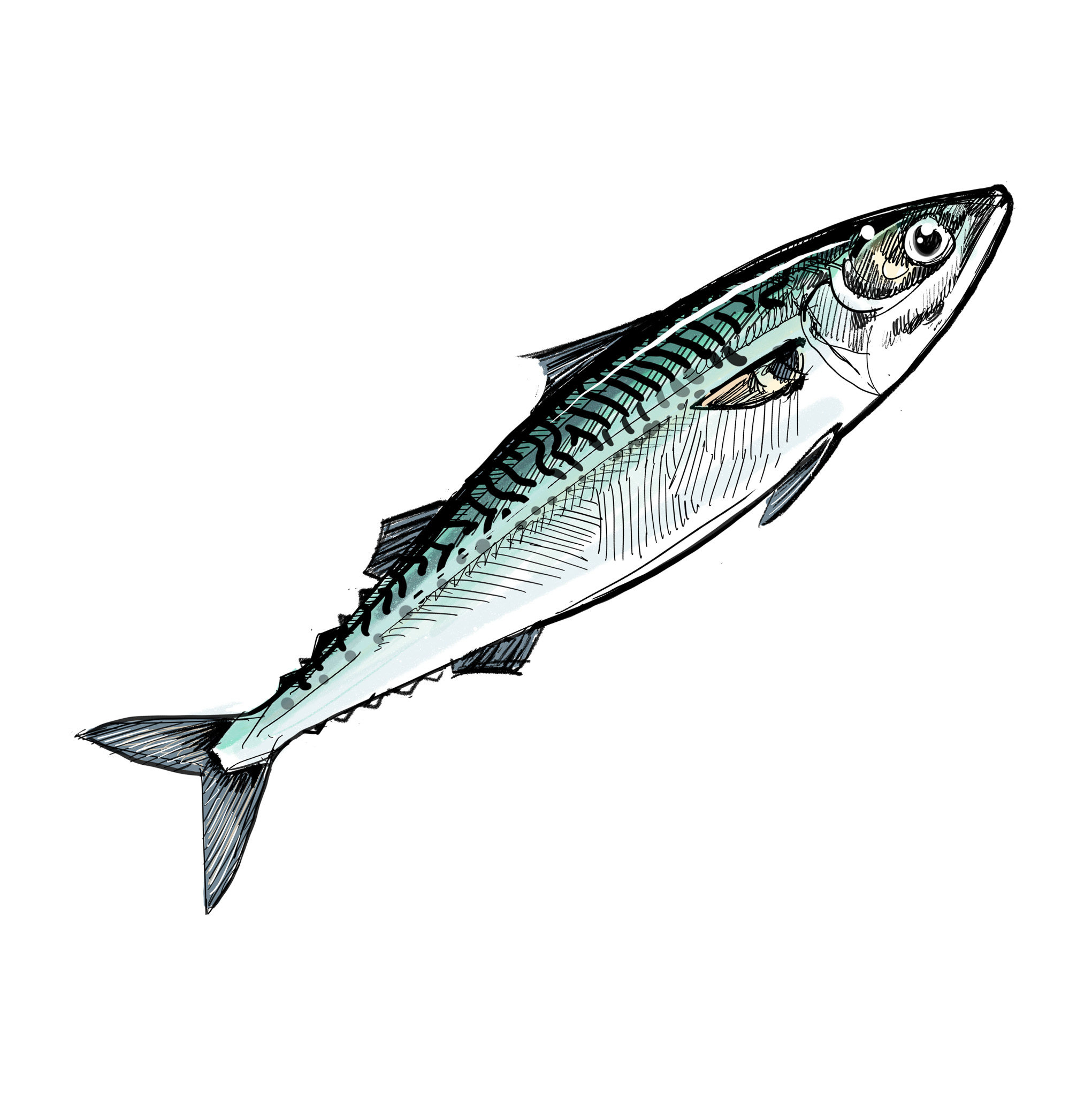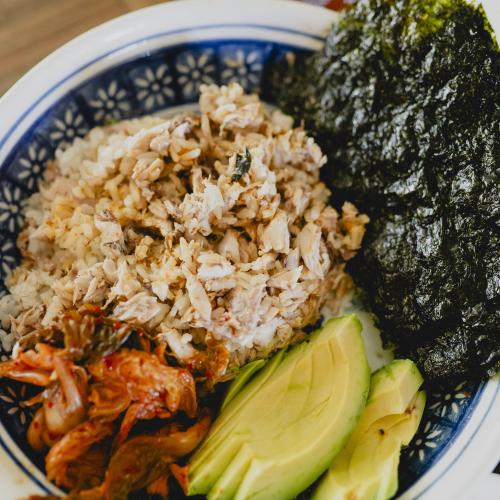Pacific Mackerel

Pacific mackerel are a coastal pelagic species (CPS) found throughout the eastern Pacific from Alaska to Chile, though they are most abundant in southern California. Commercially harvested Pacific mackerel typically weigh about two pounds and average 16 inches in length. They have a body that is tapered at both ends, with a pointed head and large mouth. Adults are dark blue and have several wavy lines along their backs. Pacific mackerel grow quickly, reaching sexual maturity by the age of four. Adults migrate seasonally, traveling north to Washington during the summer and returning south toward Baja California during winter months. Pacific mackerel consume microscopic plankton and several species of small fish, including other mackerel. Natural predators include sharks, tunas, marine mammals and seabirds.
Overall availability
Pacific mackerel is fished in all three West Coast states. In California, Pacific mackerel is available year-round, with peak activity occurring during summer months. In Oregon and Washington, small amounts of mackerel are caught incidentally in the whiting and salmon fisheries, and it is used as bait. Whole and filleted Pacific mackerel are available live, frozen, and cured.

Management
Pacific mackerel is commercially harvested using purse seine and other round haul gear in California, and trawl and troll gear in Oregon and Washington. The fishery is managed by the Pacific Fishery Management Council and NOAA Fisheries under the Coastal Pelagic Species Fishery Management Plan. State fishery management agencies in CA, OR and WA also have some management authority, implementing federal fishery management and state-specific measures.
More Information
Other common names: Chub mackerel
